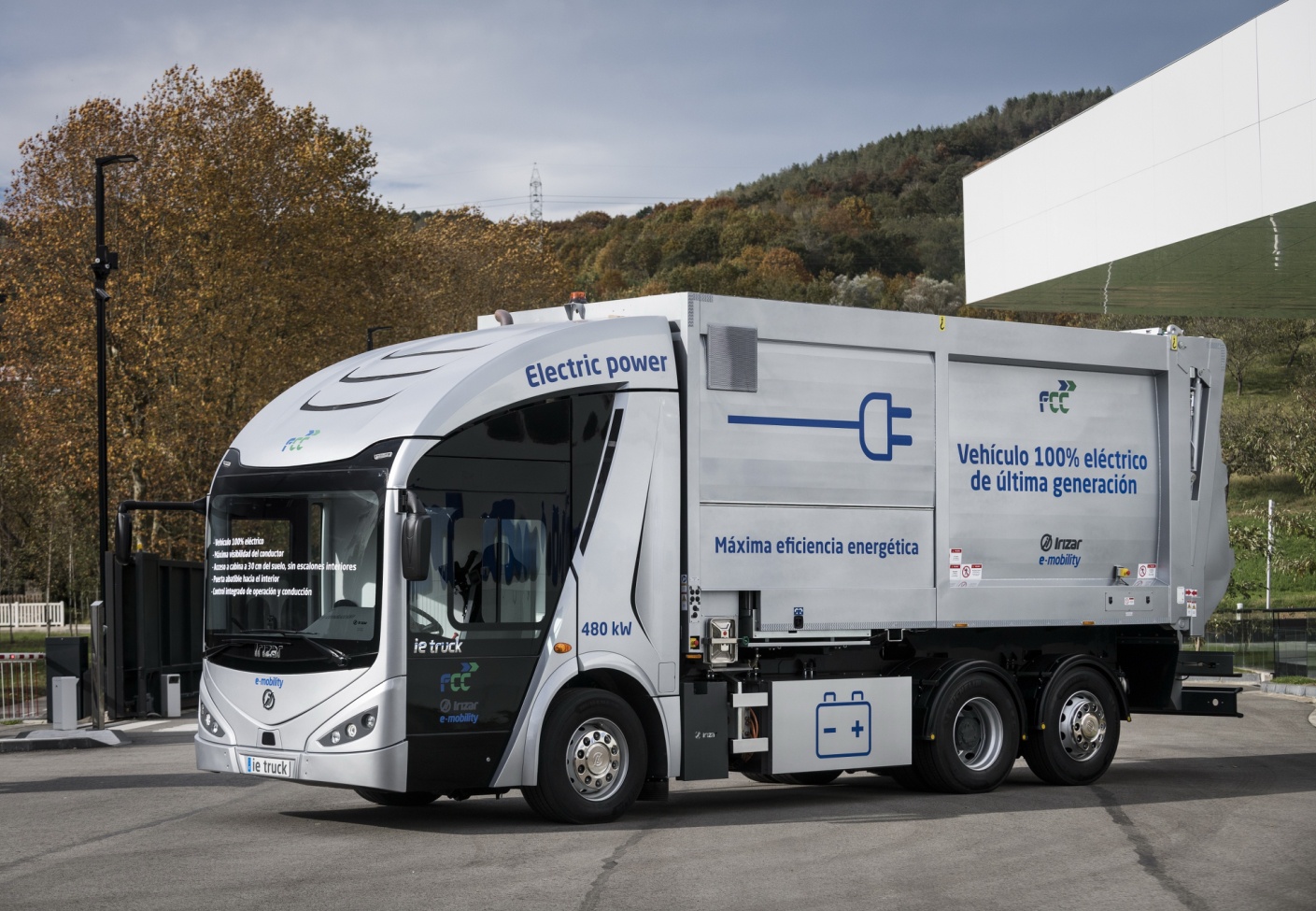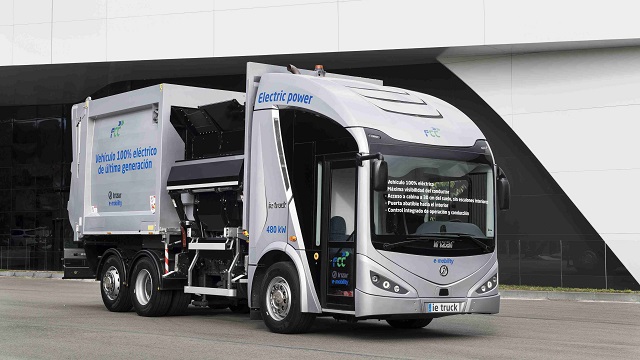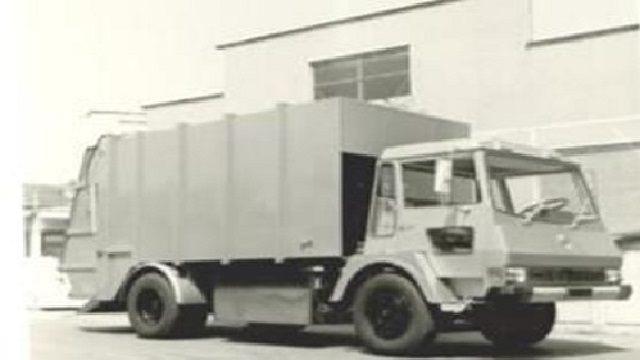e-mobility
Innovation is in the DNA of FCC Environment, which has been researching electric mobility for more than 45 years, and developed its first 100% electric waste collection truck in 1974. It currently has a fleet of close to 20,000 vehicles, of which almost 1,600 units are electric and over 1,900 of CNG or Bi-Power.

FCC Medio Ambiente developed in 2018 the first affordable and versatile e-mobility industrial platform for Urban Service vehicles, successfully achieving the objectives set at the beginning. One of the 2018 highlights was the global presentation of the platform and the exhibition of the first vehicle developed on it at the Smart City Expo World Congress in Barcelona, with a significant impact in the media.
FCC was present at Smart City Expo World Congress 2018
The main purpose of FCC in this project has been focused on the development of a common platform for electric, urban service vehicles, economically affordable for all municipalities in order to enable the development of e-mobility in municipal services. The platform must be versatile in terms of body functionality and power configuration, and consists of a new structure for a novel self-supporting and modular chassis with permanent electric drive, which can be plugged-in, without mechanical transmission, with and increased range and an ultra-low, advanced and panoramic cabin, that improves the ergonomics and facilitates the execution of the services, with the controls of the body integrated in the chassis. Its main characteristics are summarized below:
 |
 |
|
Side-loading electric collection vehicle developed on the FCC e-mobility platform |
First FCC’s 100% electric refuse colector de FCC, set up at Barcelona in 1974 |
Main characteristics:
- Zero emissions in the urban area with the same service and performance as the current vehicles equipped with a heat engine.
- Minimum emissions in transport, generating power at the same time as movement, by means of a gas heat engine that works exclusively for power generation.
- Noise emissions at the lowest technically possible limit, with special importance on starts, braking and in the use of bodywork.
- Functionality equal to or better than the conventional vehicle in any of its urban applications: greater acceleration, better braking, automatic control and electronic regulation.
- Through the low cabin, facilitate and improve frequent access to the cabin by operators. Currently, they must descend from a very high level and accidents are frequent.
- Increase the driver’s visibility by increasing the glazing surface area.
- Full integration of the body and cabin assembly exterior shapes; important aesthetic and aerodynamic improvement.
- Very significant improvement in the maintenance and accessibility of components for maintenance activities in workshops due to the modular design of the components and their integration into the new vehicle. Reduced maintenance costs.
- Durability and recyclability of components: The lifespan is extended and the vehicles can be recycled, supporting the transformation to the circular economy model.
- Integration into the cabin of the general control for the equipment and the bodywork.
- Maximising efficient energy use: the first vehicle developed with this platform uses 50% less energy than a conventional vehicle with the same performance







